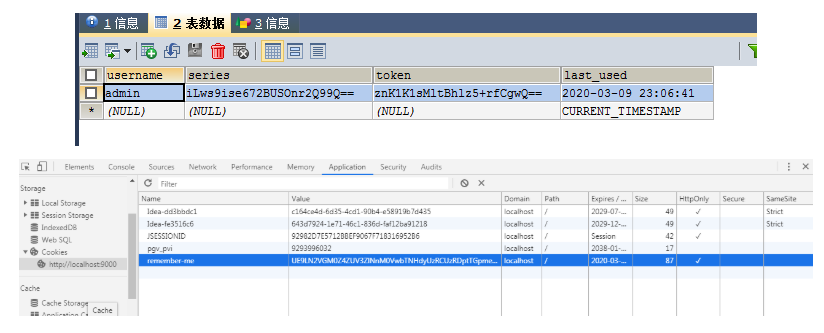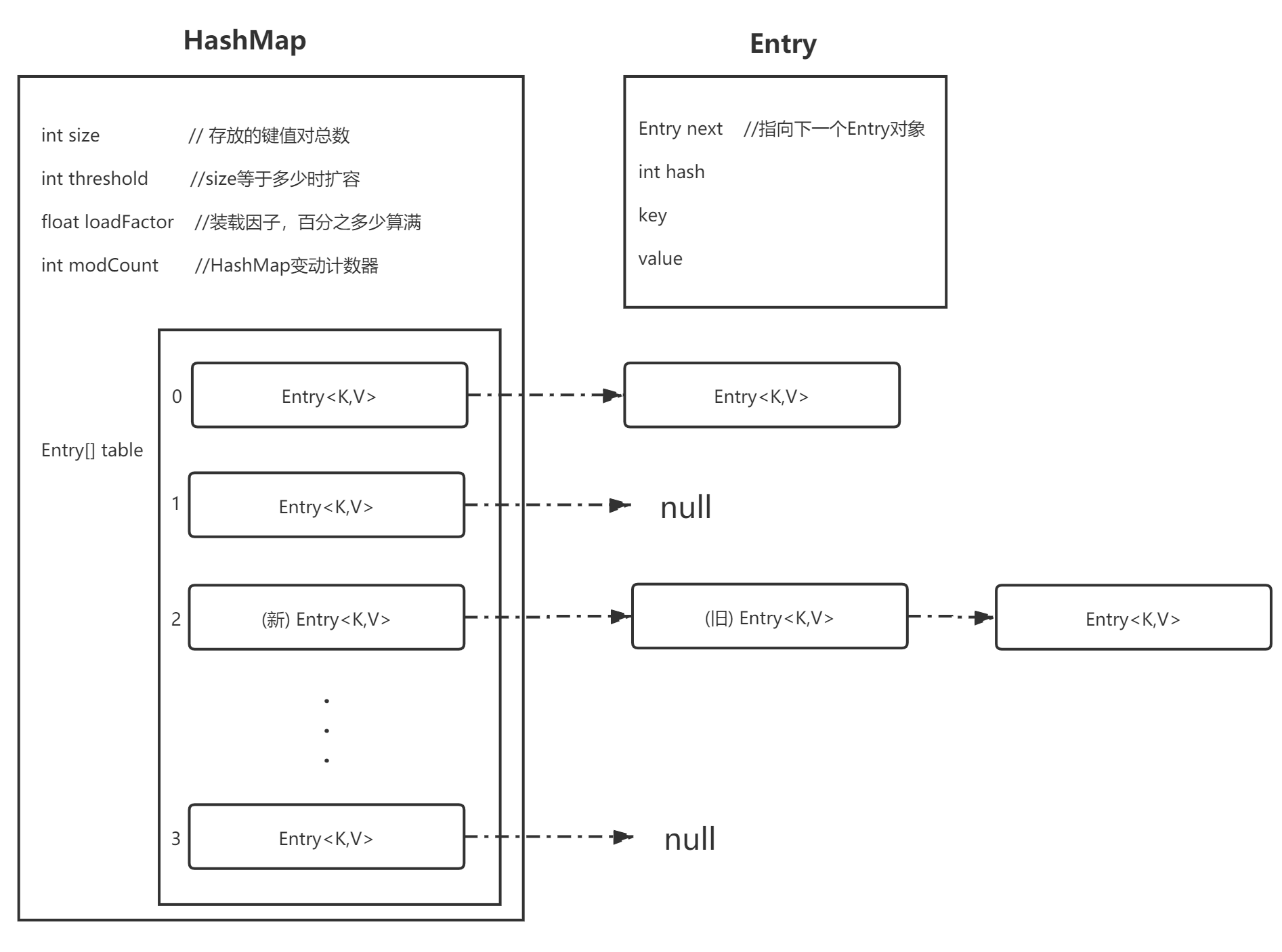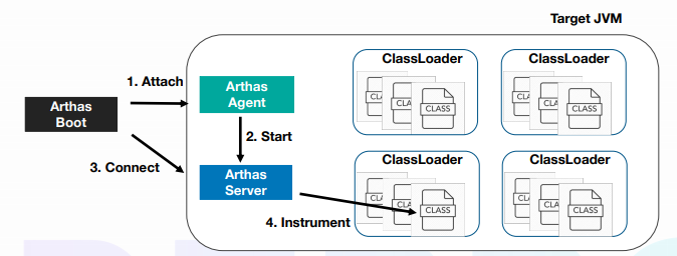Python 解析配置模块之ConfigParser详解
1.基本的读取配置文件
-read(filename) 直接读取ini文件内容
-sections() 得到所有的section,并以列表的形式返回
-options(section) 得到该section的所有option
-items(section) 得到该section的所有键值对
-get(section,option) 得到section中option的值,返回为string类型
-getint(section,option) 得到section中option的值,返回为int类型,还有相应的getboolean()和getfloat() 函数。
2.基本的写入配置文件
-add_section(section) 添加一个新的section
-set( section, option, value) 对section中的option进行设置,需要调用write将内容写入配置文件。
3.基本例子
test.conf
1 2 3 4 5 6 7 8 9 | [sec_a] a_key1 = 20 a_key2 = 10 [sec_b] b_key1 = 121 b_key2 = b_value2 b_key3 = $r b_key4 = 127.0.0.1 |
parse_test_conf.py
1 2 3 4 5 6 7 8 9 10 11 12 13 14 15 16 17 18 19 20 21 22 23 24 25 26 27 28 29 30 31 32 | import ConfigParser cf = ConfigParser.ConfigParser() #read config cf.read(“test.conf”) # return all section secs = cf.sections() print ‘sections:’, secs opts = cf.options(“sec_a”) print ‘options:’, opts kvs = cf.items(“sec_a”) print ‘sec_a:’, kvs #read by type str_val = cf.get(“sec_a”, “a_key1”) int_val = cf.getint(“sec_a”, “a_key2”) print “value for sec_a’s a_key1:”, str_val print “value for sec_a’s a_key2:”, int_val #write config #update value cf.set(“sec_b”, “b_key3”, “new-$r”) #set a new value cf.set(“sec_b”, “b_newkey”, “new-value”) #create a new section cf.add_section(‘a_new_section’) cf.set(‘a_new_section’, ‘new_key’, ‘new_value’) #write back to configure file cf.write(open(“test.conf”, “w”)) |
得到终端输出:
1 2 3 4 5 | sections: [‘sec_b’, ‘sec_a’] options: [‘a_key1’, ‘a_key2’] sec_a: [(‘a_key1’, “i’m value”), (‘a_key2‘, ’22’)] value for sec_a‘s a_key1: i’m value value for sec_a’s a_key2: 22 |
更新后的test.conf
1 2 3 4 5 6 7 8 9 10 11 12 13 | [sec_b] b_newkey = new-value b_key4 = 127.0.0.1 b_key1 = 121 b_key2 = b_value2 b_key3 = new-$r [sec_a] a_key1 = i’m value a_key2 = 22 [a_new_section] new_key = new_value |
4.Python的ConfigParser Module中定义了3个类对INI文件进行操作。分别是RawConfigParser、ConfigParser、SafeConfigParser。RawCnfigParser是最基础的INI文件读取类,ConfigParser、SafeConfigParser支持对%(value)s变量的解析。
设定配置文件test2.conf
1 2 3 4 | [portal] url = http://%(host)s:%(port)s/Portal host = localhost port = 8080 |
使用RawConfigParser:
1 2 3 4 5 6 7 8 9 10 11 | import ConfigParser cf = ConfigParser.RawConfigParser() print “use RawConfigParser() read” cf.read(“test2.conf”) print cf.get(“portal”, “url”) print “use RawConfigParser() write” cf.set(“portal”, “url2”, “%(host)s:%(port)s”) print cf.get(“portal”, “url2”) |
得到终端输出:
1 2 3 4 | use RawConfigParser() read http://%(host)s:%(port)s/Portal use RawConfigParser() write %(host)s:%(port)s |
改用ConfigParser:
1 2 3 4 5 6 7 8 9 10 11 | import ConfigParser cf = ConfigParser.ConfigParser() print “use ConfigParser() read” cf.read(“test2.conf”) print cf.get(“portal”, “url”) print “use ConfigParser() write” cf.set(“portal”, “url2”, “%(host)s:%(port)s”) print cf.get(“portal”, “url2”) |
得到终端输出:
1 2 3 4 | use ConfigParser() read http://localhost:8080/Portal use ConfigParser() write localhost:8080 |
改用SafeConfigParser:
1 2 3 4 5 6 7 8 9 10 11 | import ConfigParser cf = ConfigParser.SafeConfigParser() print “use SafeConfigParser() read” cf.read(“test2.conf”) print cf.get(“portal”, “url”) print “use SateConfigParser() write” cf.set(“portal”, “url2”, “%(host)s:%(port)s”) print cf.get(“portal”, “url2”) |
得到终端输出(效果同ConfigParser):
1 2 3 4 | use SafeConfigParser() read http://localhost:8080/Portal use SateConfigParser() write localhost:8080 |



































还没有评论,来说两句吧...